Square Shower Trays
The right choices you make when remodelling your bathroom affect not only how it looks but also how it works. One of the basic options is the shower tray, which is a fairly simple part that has a big impact on the style and functionality of your bathroom. More and more people are choosing square shower trays because they are simple to use and make good use of space. They look great in most modern bathrooms and can be used in a number of different ways.
TrayMate Elementary 800 X 800mm Quadrant Anti Slip Shower Tray 800 X 800mm
Now Only £183.57
Ideal Standard Ultraflat New 800 x 800mm Shower Tray with Waste - Gloss White
Now Only £190.58
Ideal Standard Ultraflat New 800 x 800mm Shower Tray with Waste - Silk White
Now Only £190.58
TrayMate Elementary 900 X 900mm Quadrant Anti Slip Shower Tray 900 X 900mm
Now Only £192.78
Ideal Standard Ultraflat New 800 x 800mm Quadrant Shower Tray with Waste - Gloss White
Now Only £194.91
Ideal Standard Ultraflat New 800 x 800mm Quadrant Shower Tray with Waste - Silk White
Now Only £194.91
Ideal Standard Ultraflat New 800 x 800mm Shower Tray with Waste - Silk Black
Now Only £211.83
Ideal Standard Ultraflat New 900 x 900mm Shower Tray with Waste - Gloss White
Now Only £217.91
Ideal Standard Ultraflat New 900 x 900mm Shower Tray with Waste - Silk White
Now Only £217.91
Ideal Standard Ultraflat New 900 x 900mm Quadrant Shower Tray with Waste - Gloss White
Now Only £221.98
Ideal Standard Ultraflat New 900 x 900mm Quadrant Shower Tray with Waste - Silk White
Now Only £221.98
Ideal Standard Ultraflat New 900 x 900mm Shower Tray with Waste - Silk Black
Now Only £244.70
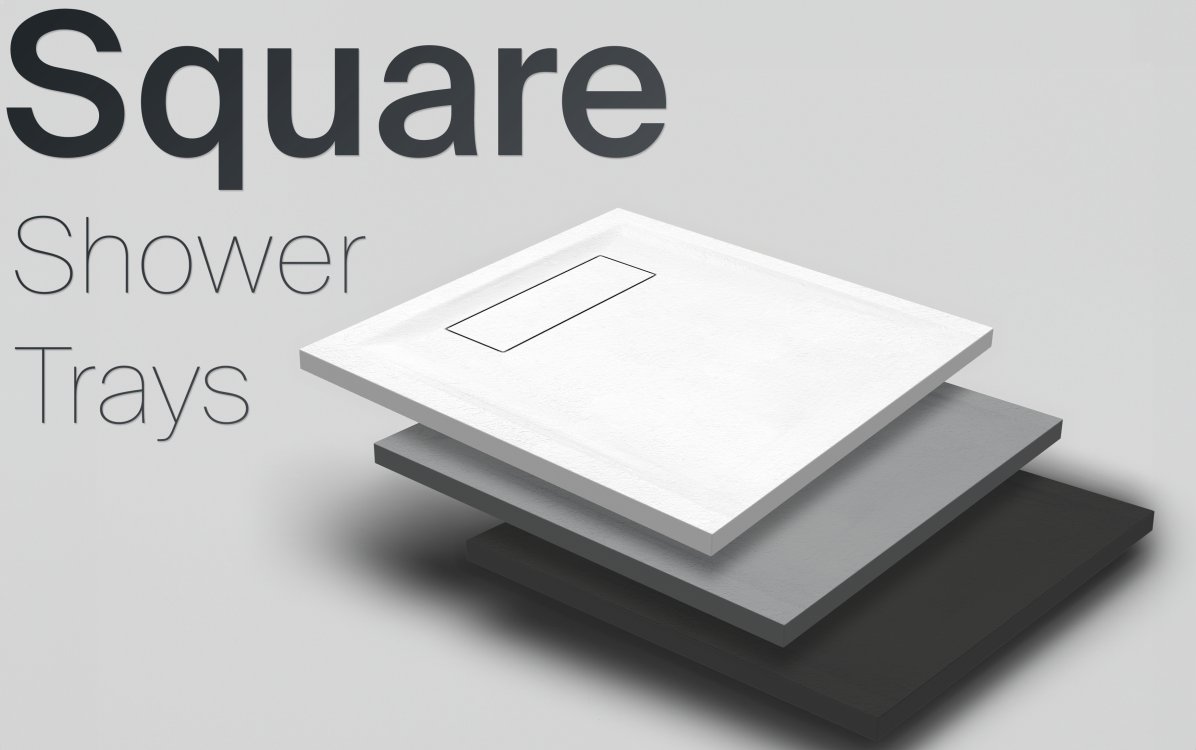
What Are Square Shower Trays?
Square shower trays are as basic as they sound: shower bases shaped into a perfect square. This design is not only efficient, but it also works well with a lot of different bathroom styles, from ultra-modern to pleasantly traditional. They are usually made of acrylic, stone resin, or clay, and each has its own benefits. Each material is a significant factor as it affects both the durability and the maintenance of the tray. Here’s a look at the common materials:
- Acrylic: Lightweight and warm to the touch, acrylic is easy to clean and maintain. However, it may be less durable than other materials and prone to scratches.
- Stone Resin: This material is extremely durable and maintains its appearance over time. It’s heavier and may require a sturdier base for installation but offers a premium, high-end look.
- Ceramic: Known for its hardness and resistance to wear, ceramic is ideal for high-traffic bathrooms. It’s easy to clean and maintains its lustre with minimal effort.
Why Choose a Square Shower Tray?
Space Efficiency
Square shower trays offer a streamlined and modern look that can improve any bathroom design. Their sharp, clean lines and symmetrical form make them especially suitable for modern and minimalist aesthetics, where the focus is on simplicity and cleanliness. The square trays' geometric shape provides a strong visual anchor in the room, making them a main point in the bathroom.
These trays are not just useful; they are also stylish elements in their own right. The uniformity and balance of a square tray can harmonise with various decorative styles, from the ultra-modern to the more classic. For those looking to create a modern bathroom design, square shower trays can complement features like wall-hung fixtures and flat-panel cabinetry, improving the overall sleek and understated look of the space.
Ease of Installation
Installing a square shower tray can be simple, provided you have the right tools and some basic DIY knowledge. Here’s a simple description of the installation process:
- Preparation: Ensure the place where the tray will be installed is clean and level. Any necessary plumbing should be finished before the tray is fitted.
- Positioning: Place the tray in the chosen location and check its level. If changes are needed, use floor levellers or sand to achieve a flat surface.
- Sealing: To avoid water leakage, apply a silicone sealant around the tray's edges where it meets the walls and floor.
Fitting the Enclosure: Once the tray is sealed and safe, the shower enclosure can be installed. Square trays are compatible with a wide range of enclosures, from pivot doors to slide doors.
Choosing the Right Square Shower Tray
Sizes and Dimensions
Selecting the proper size and dimensions for a square shower tray is crucial for ensuring it fits perfectly in your bathroom space. To measure for a square shower tray, you should:
- Measure the length and width of the available space in your bathroom.
- To ensure there's adequate space, consider the swing of the shower door and other bathroom features.
- Review common tray sizes, which usually range from 700mm x 700mm to 1000mm x 1000mm, to find a size that maximises the shower area while fitting comfortably within the room. However, on our site, Bathroom Supplies Online, we offer a huge selection of sizes ranging from 700mm to 1500mm.
Cost and Budgeting
Understanding the cost of square shower trays is important for any bathroom renovation project. Prices can range widely based on material, size, and brand. Generally, acrylic trays are the most cost-effective, starting around £100, making them a great choice for budget-conscious renovations. Stone resin trays, known for their sturdiness and high-end finish, can range from £150 to over £600. Ceramic trays usually fall in the middle, offering a balance of durability and price.
If you're looking to splash out on an incredibly luxurious and high-tech shower tray, you can browse our selection of trays from brands like Bette and Kaldewei, which have price tags of up to £1500.
When budgeting for bathroom renovations, it's important to consider not only the cost of the shower tray, but also the installation and any potential changes needed in your bathroom structure. It's advisable to set aside an extra 10-20% of your budget for unforeseen expenses to ensure your project can continue smoothly without financial strain.
Tips for Installing Square Shower Trays
Installing a square shower tray can be a simple DIY project if planned properly. Here’s a simple step-by-step guide:
- Preparation: Check that the floor is level and sturdy enough to hold the weight of the tray, especially if opting for stone resin. Ensure all necessary plumbing is in place.
Positioning the Tray: Lay the tray in the marked spot to ensure it fits. Use a spirit level to check if it's even on all sides.
Securing the Tray: Once in place, mark where the waste and tray meet the floor. Remove the tray and apply a bedding of mortar or bathroom-specific adhesive to fix the tray.
Connecting the Waste: Fit the waste trap to the tray, providing a tight seal to prevent leaks.
Sealing: Once the tray is set and joined, seal around the edges with silicone sealant to waterproof the junction between the tray and walls.
During installation, common mistakes to avoid include not ensuring the floor is level before putting the tray in and inadequate sealing around the edges, which can lead to leaks. Always double-check these aspects during installation to ensure a secure and effective setup.
Maintenance and Care for Square Shower Trays
Regular cleaning is key to maintaining the aesthetic and functional quality of square shower trays. For daily maintenance, use a soft cloth or sponge with warm soapy water to clean the surface; this is useful for acrylic and ceramic trays. For more stubborn spots or buildup on stone resin trays, a mild bathroom cleaner can be used. Avoid abrasive cleaners and scouring tools, as these can scratch and dull the surface.
Troubleshooting Common Issues
Common problems with square shower trays include minor leaks and cracks. For leaks, often reapplying silicone sealant where the tray hits the floor or wall can solve the problem. Cracks are more serious and might require a tray replacement, especially if they're big or if the tray is made from a material like acrylic.
Latest Trends in Square Shower Trays
The latest trends in square shower trays show a clear shift towards sustainable and technology-enhanced bathroom solutions. Eco-friendly materials are becoming popular, giving the same durability and aesthetic appeal as traditional materials but with a lower environmental impact. Technological innovations include anti-slip surfaces and integrated drainage systems that enhance the usefulness and safety of shower trays. These innovations show a broader trend towards bathrooms that are not only stylish but also sustainable and safe.
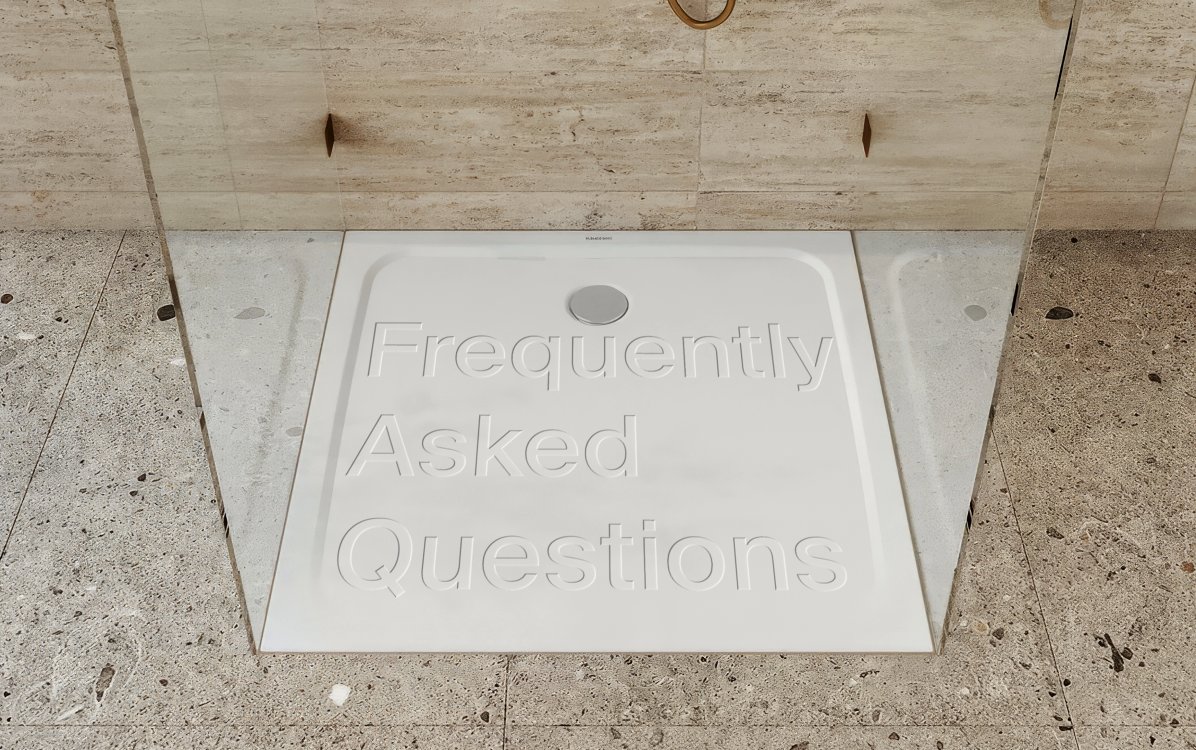
Frequently Asked Questions About Square Shower Trays
What are the best materials for square shower trays?
Square shower trays are typically made from acrylic, stone resin, and ceramic. Acrylic is lightweight and retains heat well, making it comfortable underfoot. Stone resin is highly durable and offers a premium look, while ceramic is hard-wearing and easy to maintain, making it ideal for high-traffic bathrooms.
How do I install a square shower tray?
To install a square shower tray, ensure the floor is level and clean. Position the tray to ensure fit, and level it with a spirit level. Mark the position, then lift the tray and apply adhesive or mortar. Place the tray back, ensure it's level, connect the waste, and seal all edges with silicone to prevent leaks.
How much does a square shower tray cost?
The cost of square shower trays varies depending on the material and size. Acrylic trays can start as low as £100, while stone resin options may range from £150 to £350 or more. Ceramic trays typically fall in between, offering a balance of cost and durability.
How do I clean a square shower tray?
Clean your square shower tray with warm, soapy water and a soft cloth or sponge. For tougher stains on stone resin or ceramic trays, you can use a mild bathroom cleaner. Avoid abrasive cleaners and tools that could scratch the surface.
Can square shower trays be customised to fit a bathroom?
Yes, many manufacturers offer customisation options for square shower trays to fit specific dimensions or design requirements. This can include varying the size, colour, or material to better match your bathroom's decor.
What size square shower tray do I need?
The size you need depends on your bathroom's layout and space. Common dimensions range from 700mm x 700mm to 1000mm x 1000mm. Measure the available space carefully, considering door openings and other fixtures, to determine the most suitable size for your bathroom.
Are square shower trays suitable for small bathrooms?
Yes, square shower trays are particularly suitable for small bathrooms, as they fit neatly into corners and maximise floor space. Their compact design and clean lines help make the bathroom appear larger and more open.
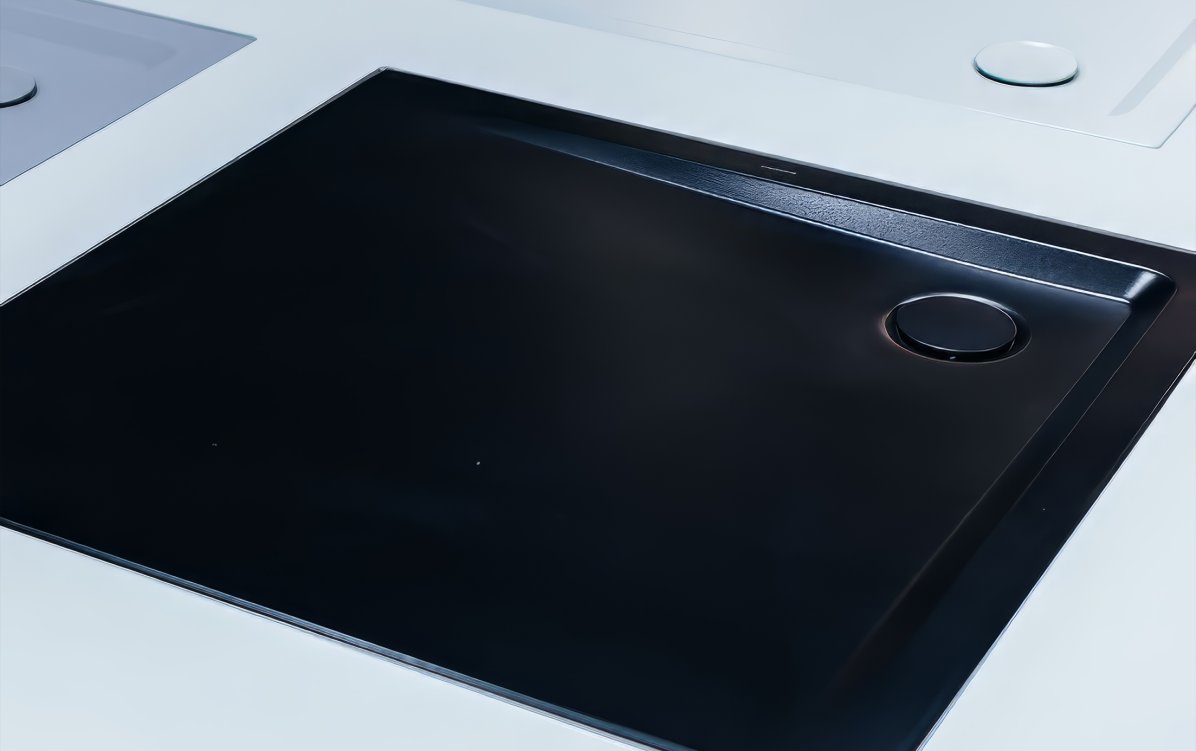
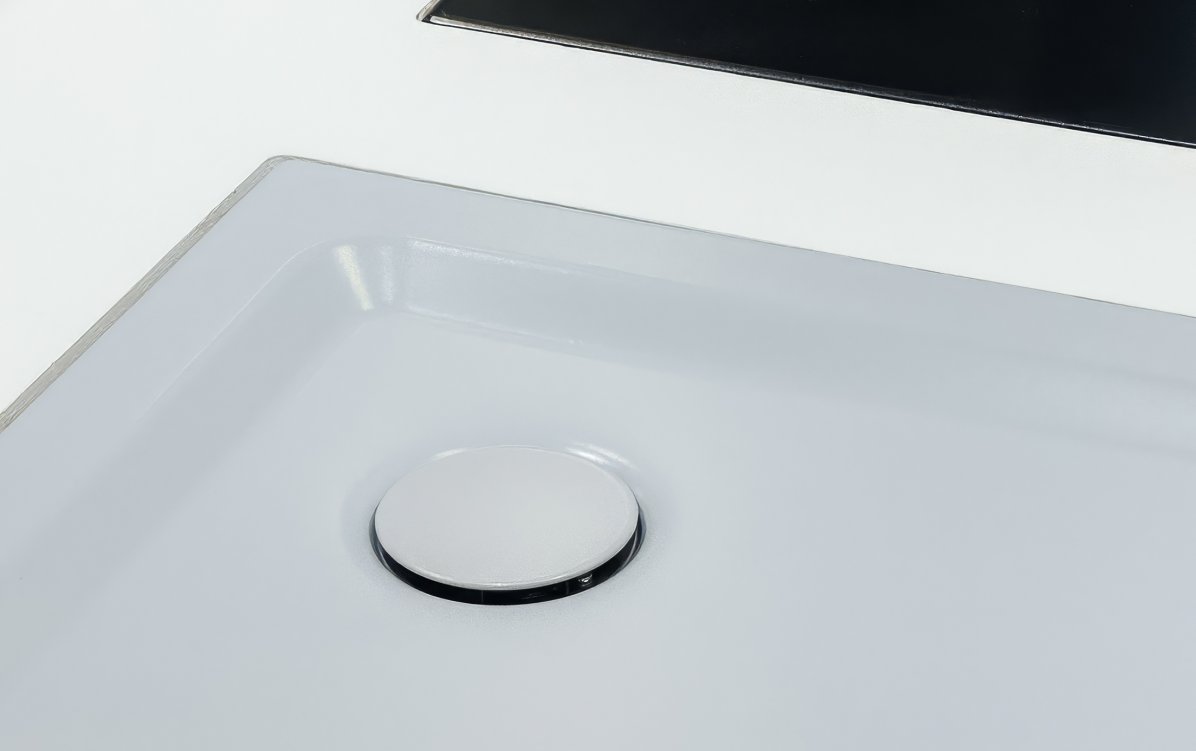
What are the latest trends in square shower trays?
Current trends include the use of eco-friendly materials and technology-enhanced features, such as anti-slip surfaces and integrated drainage systems. These innovations improve safety, functionality, and the environmental impact of bathroom designs.
How long do square shower trays last?
The lifespan of a square shower tray depends on the material and how well it is maintained. Acrylic trays can last many years with proper care, while stone resin and ceramic trays can last even longer due to their durability and resistance to wear.
What common issues should I watch out for with square shower trays?
Common issues include leaks, usually fixable with new sealant, and cracks, particularly in acrylic trays, which might require a replacement. Regular maintenance and prompt repairs can prevent these problems from becoming more serious.


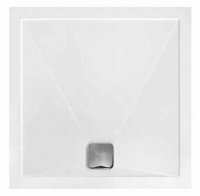
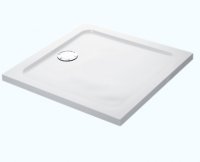

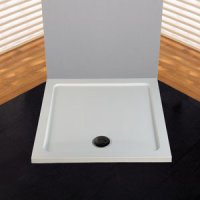
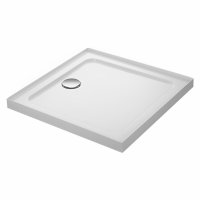
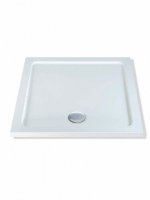
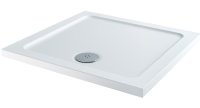
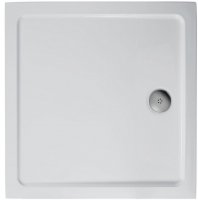
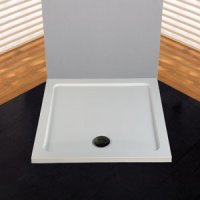

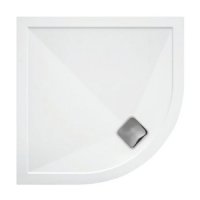
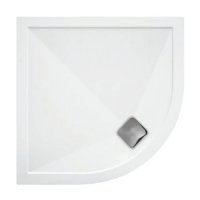
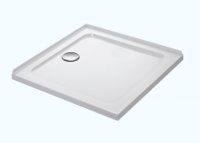

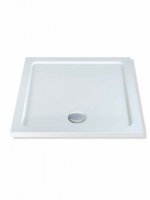
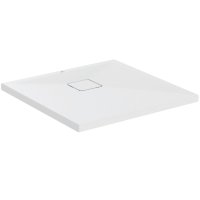
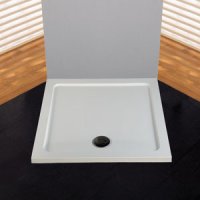
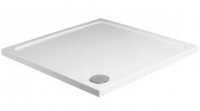
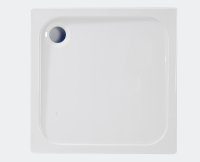


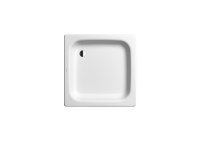


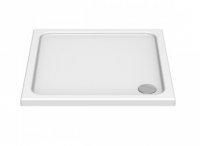
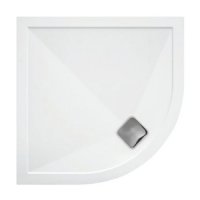
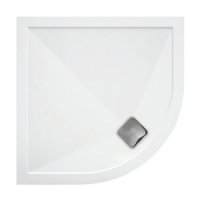


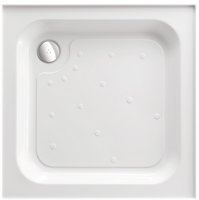
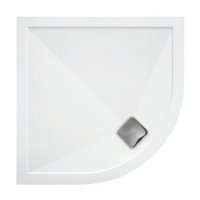

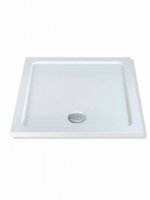


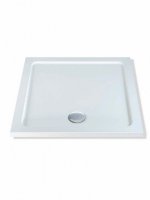

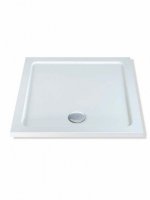


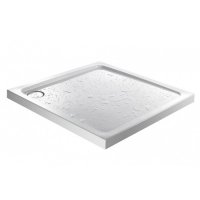
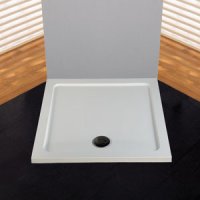
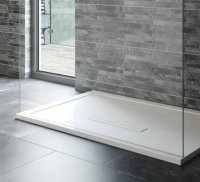
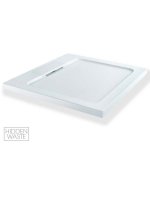

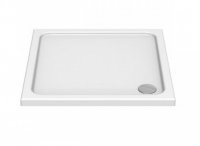

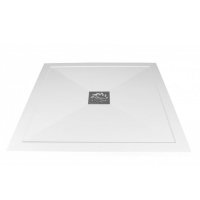



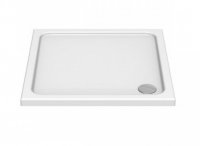

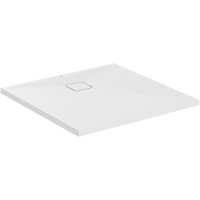

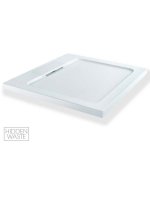
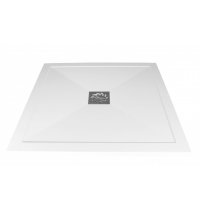
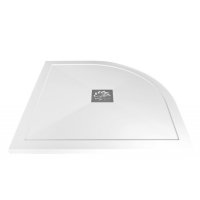
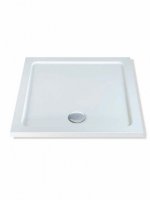
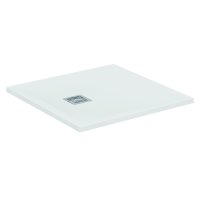
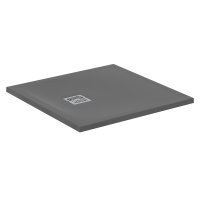
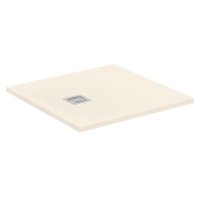
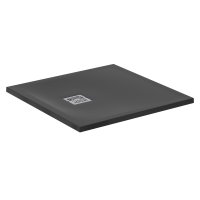
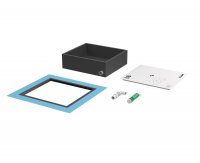
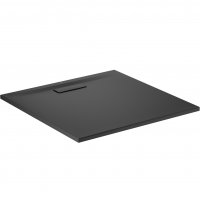







Stay Connected